Billions of needles and syringes are used each year, including needles used for injections made by those who are healthcare professionals and those who are not. When improperly disposed of, needle and syringe waste can create a serious biohazard since the inner tubing’s infected blood cannot be broken down or processed through recycling. This mass accumulation of waste might reach a peak with the global rollout of COVID-19 vaccines, but one designer has already taken to the drawing board for solutions. Helix, a collapsible syringe, was designed by Daniel López Velasco & Ithzel Libertad Cerón López as a green alternative to the disposable devices used in today’s health sector.
A conventional syringe, those plastic tubes with the string-thin steel needle, requires the use of five different materials for construction including steel, polyethylene, rubber, resin, glue, and thermal dye. To make the construction process less laborious and costly, Helix is constructed from a single material: FlexiOH UV, a heat-curable type of silicone. To maintain Helix’s collapsible parts’ flexibility and the needle’s rigidity, the designers employed thermal-curing, a temperature-induced hardening process.
Inspired by the ability to compact lots of volume and space through the paper-folding art of origami, Helix’s crystalline, silicone structure is able to carry liquids for vaccines and be emptied once collapsed. Medication can be poured into Helix through a vacuum loading inlet located above the needle’s rigid plunger. Then, when ready for use, the rigid plunger sinks down and compresses the collapsible plunger, successfully and safely administering the medication to the patient through the rigid silicone needle.
In constructing Helix from a single material and giving it a compact, collapsible structure, the designers created a green alternative to the conventional syringe and needle, reducing its size by 30%. The issue of biomedical waste might be reaching a peak with the onset of 2020’s global pandemic and the upcoming vaccine rollout, but designs like Helix help streamline safe healthcare practices while maintaining World Health Organization and environmental standards.
Designers: Daniel López Velasco & Ithzel Libertad Cerón López
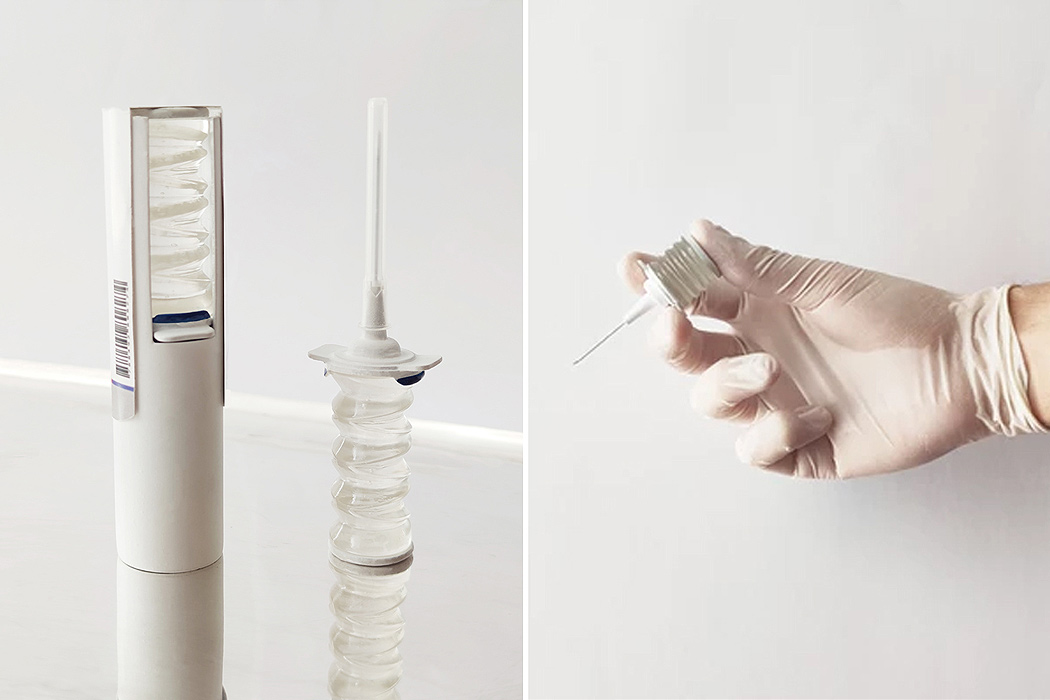

Entirely constructed from a single material, each Helix syringe is made from FlexiOH UV, a heat-curable type of silicone.
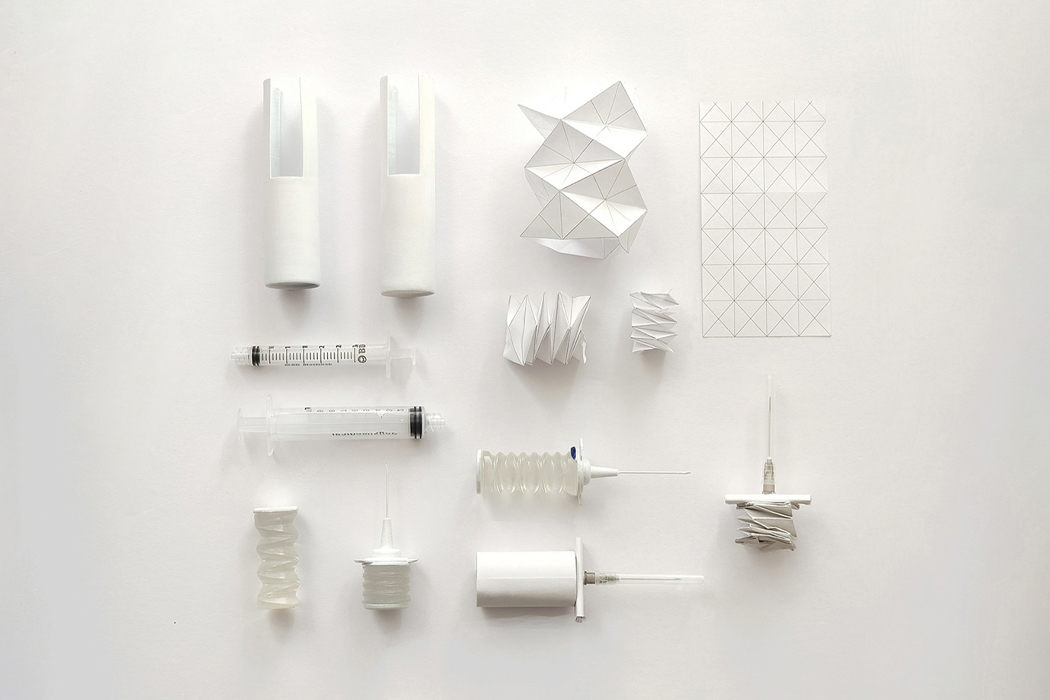
Inspired by the paper-folding art of origami, Helix employs a collapsible method for giving safe doses of medication.
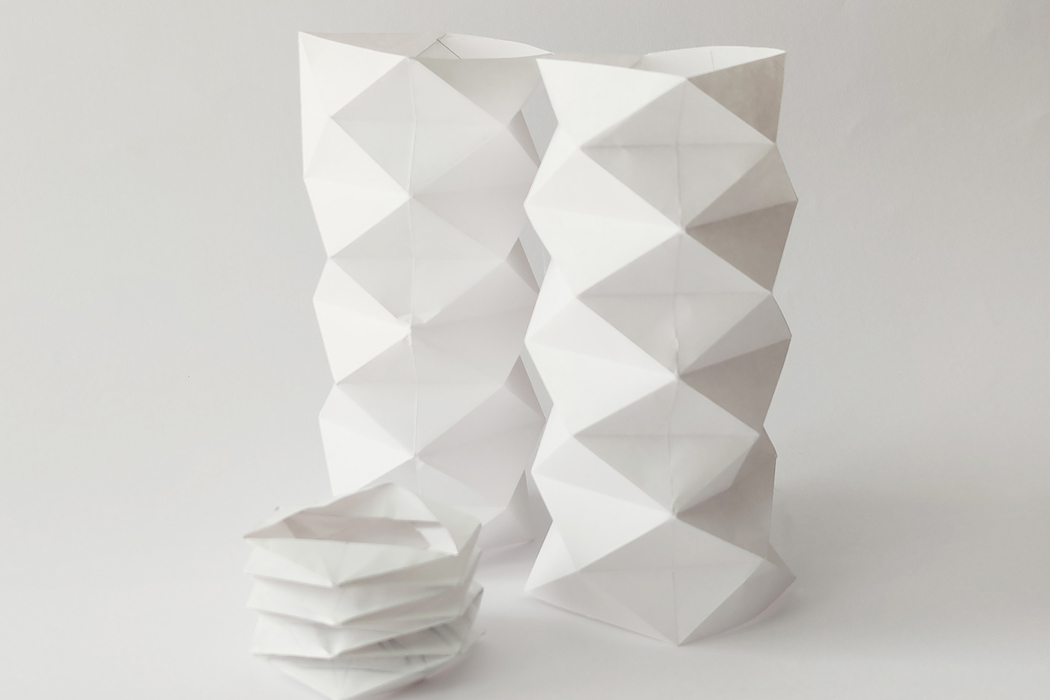

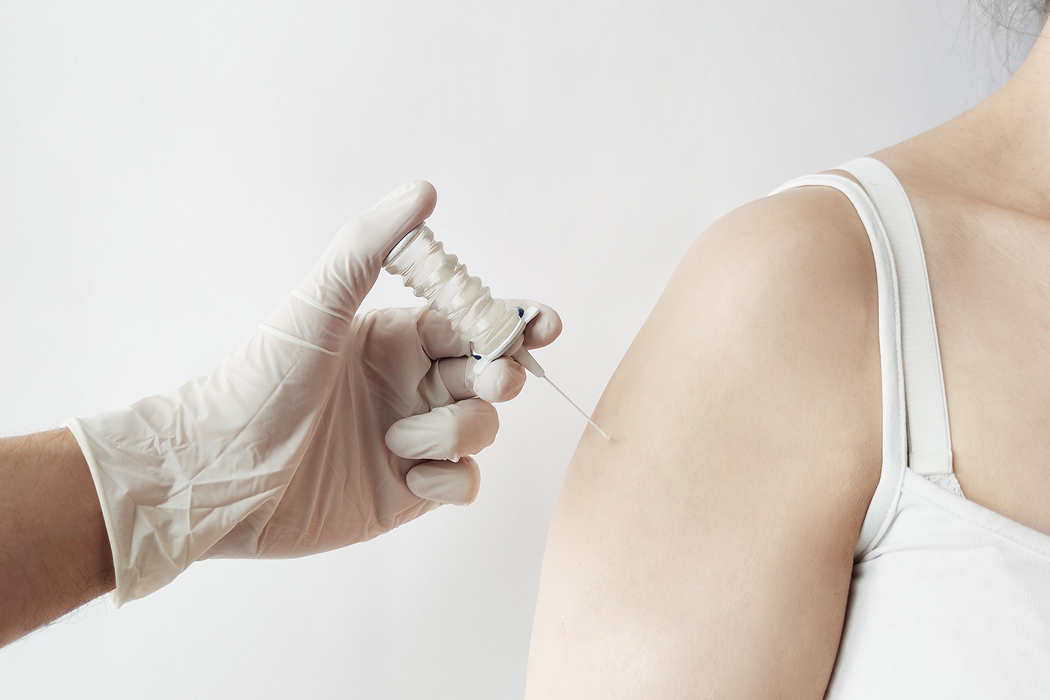
The rigid needle of Helix is made from the same material as the rest of the collapsible syringe.
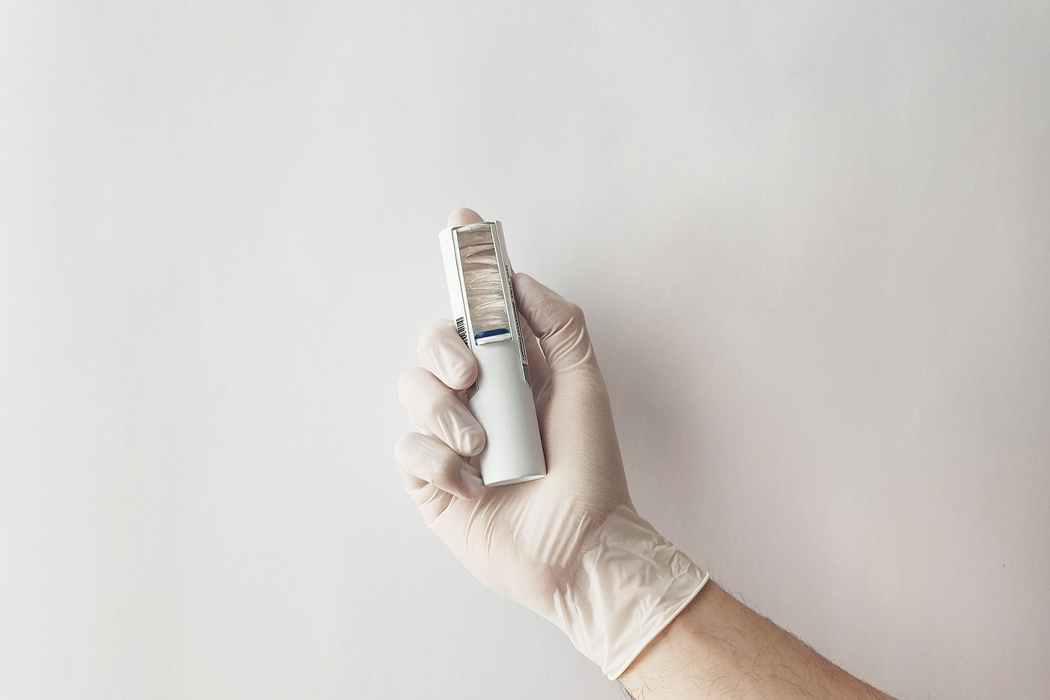
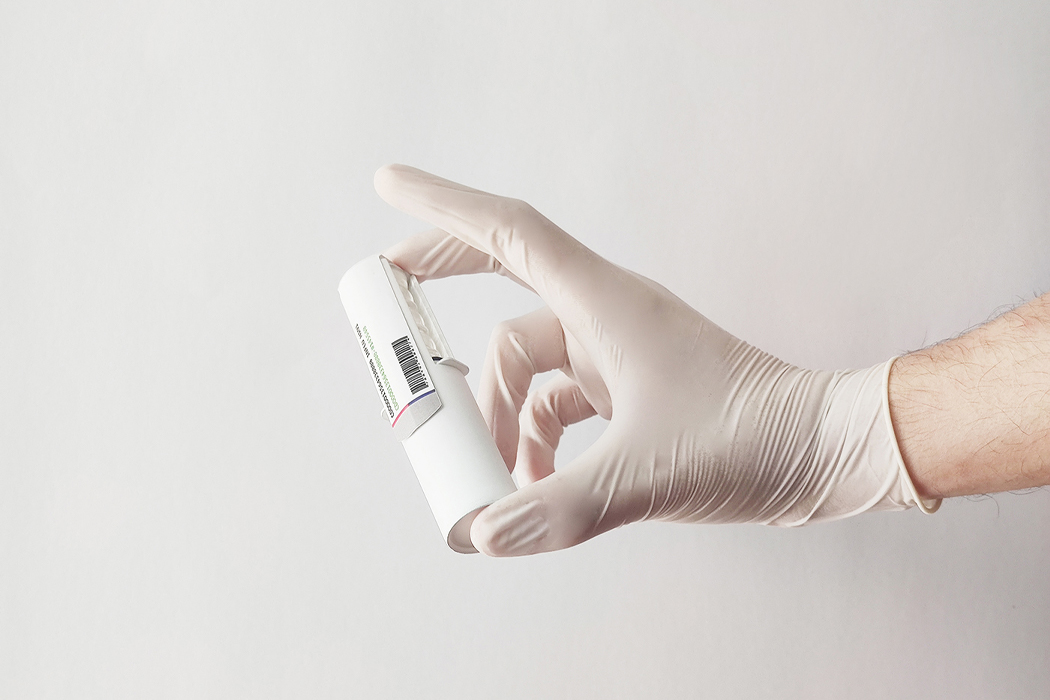
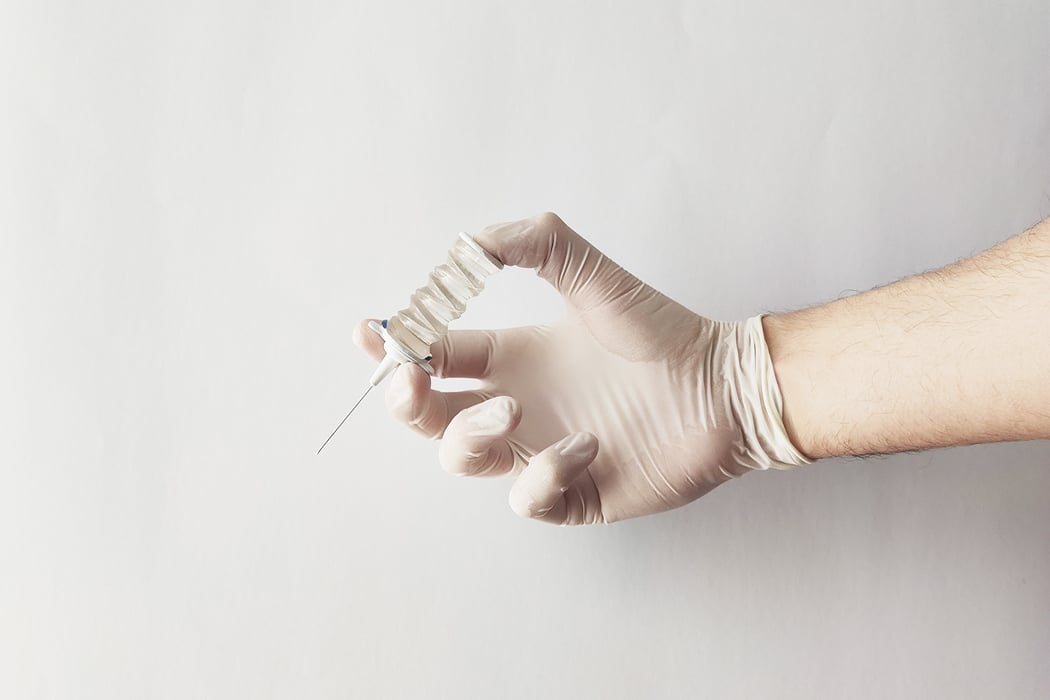
The silicone needle is strong enough to substitute the steel needle.
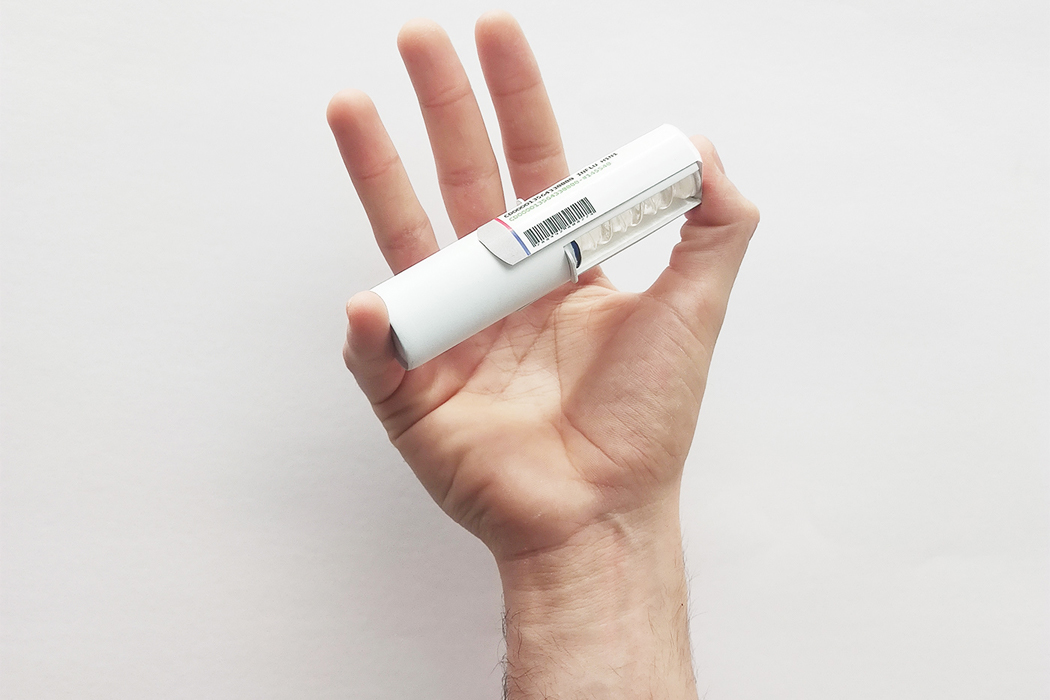
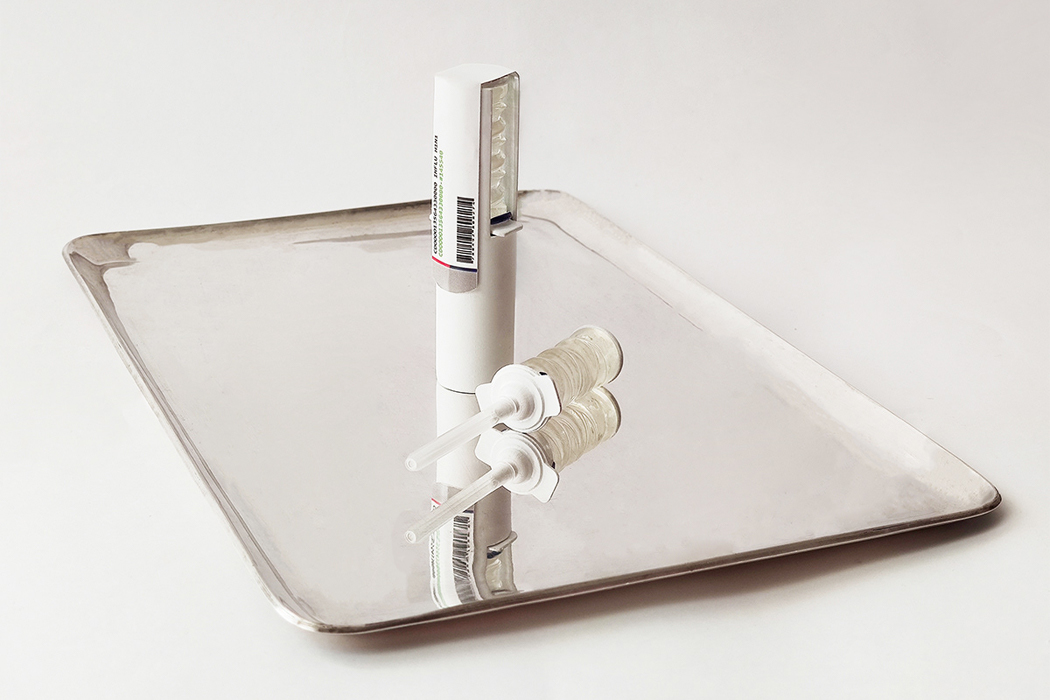
The rigidity of Helix’s needle and the flexibility of the syringe was achieved through a process called Thermal-curing.
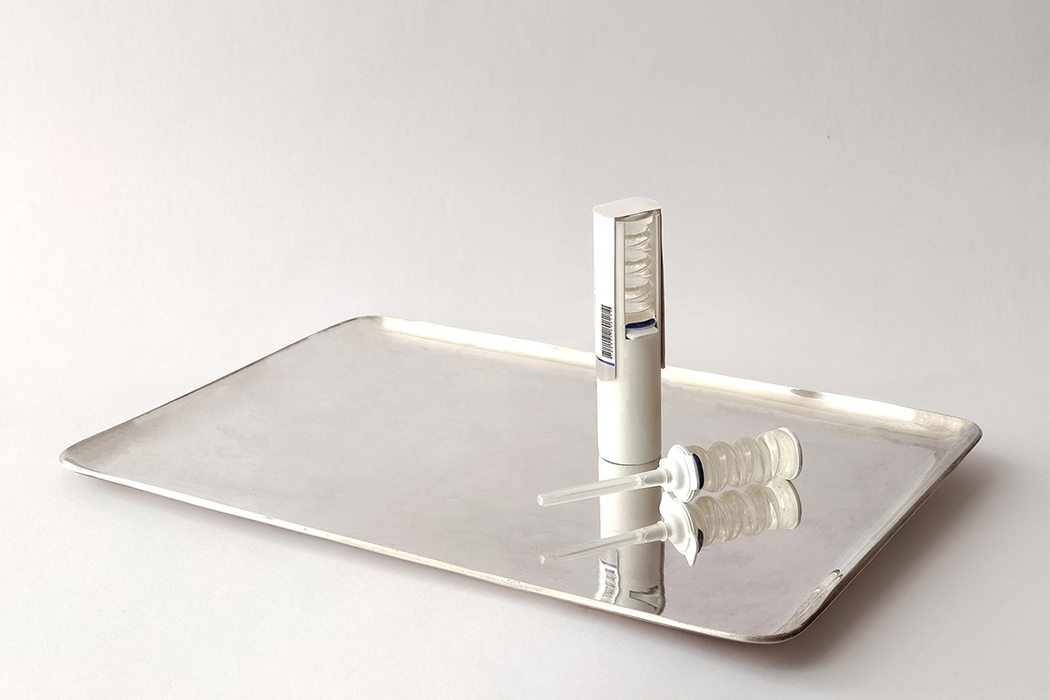
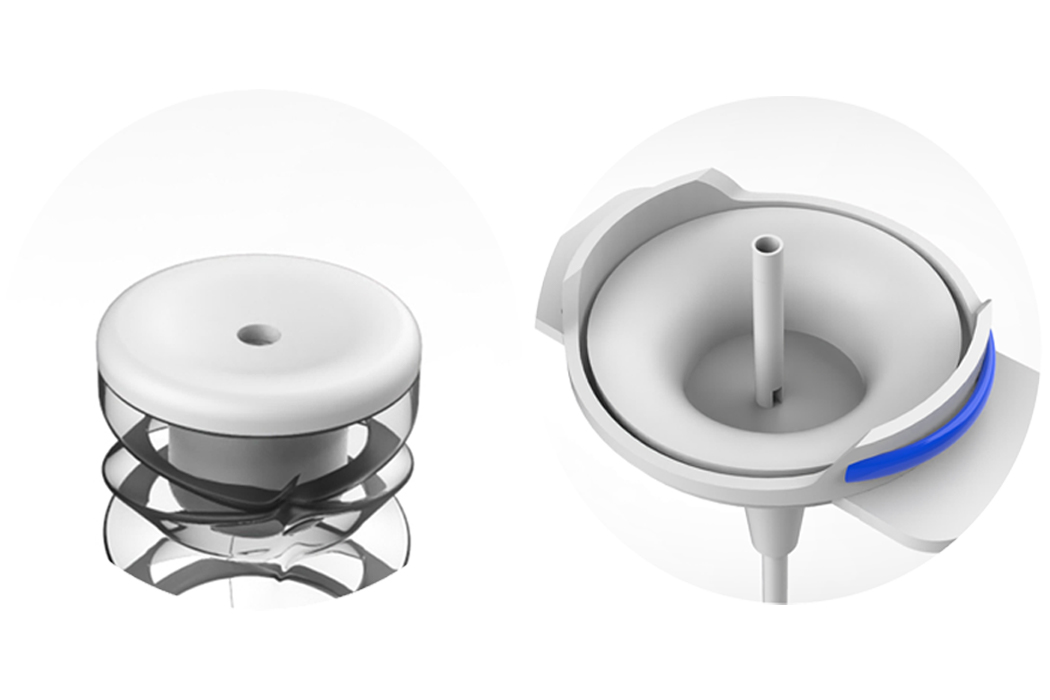
Medication is loaded into Helix through a vacuum loading inlet located at the top of the syringe.
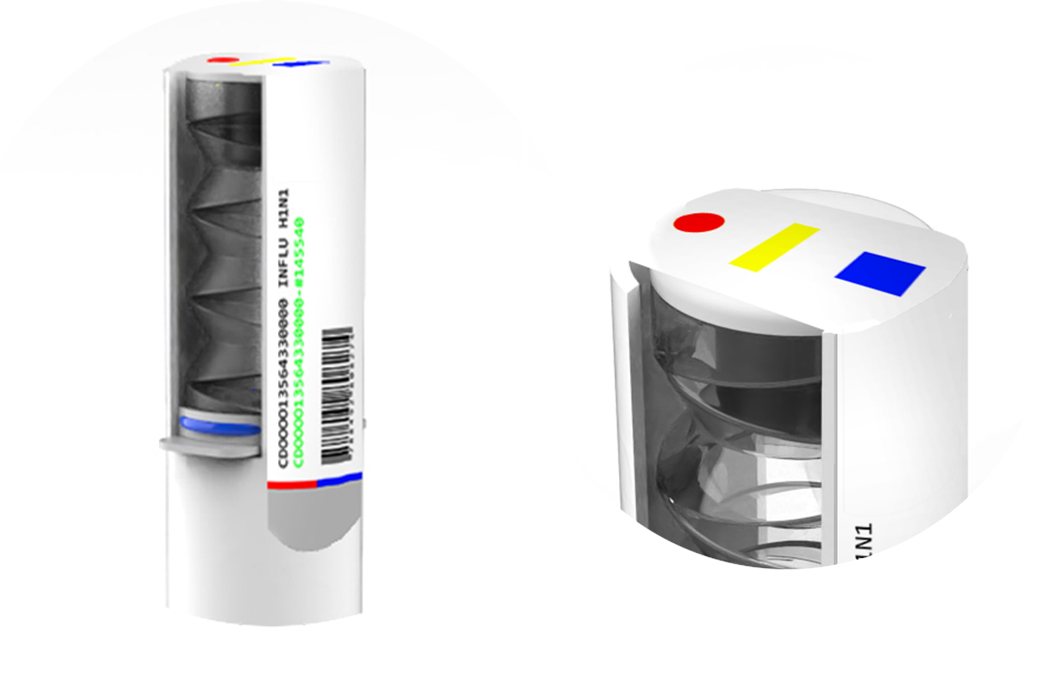


When in use, the collapsible syringe administers medication to the patient through a double hollow, allowing the medication to flow freely.

Without the need to remove the needle from the syringe before disposal, Helix can be disposed of completely.
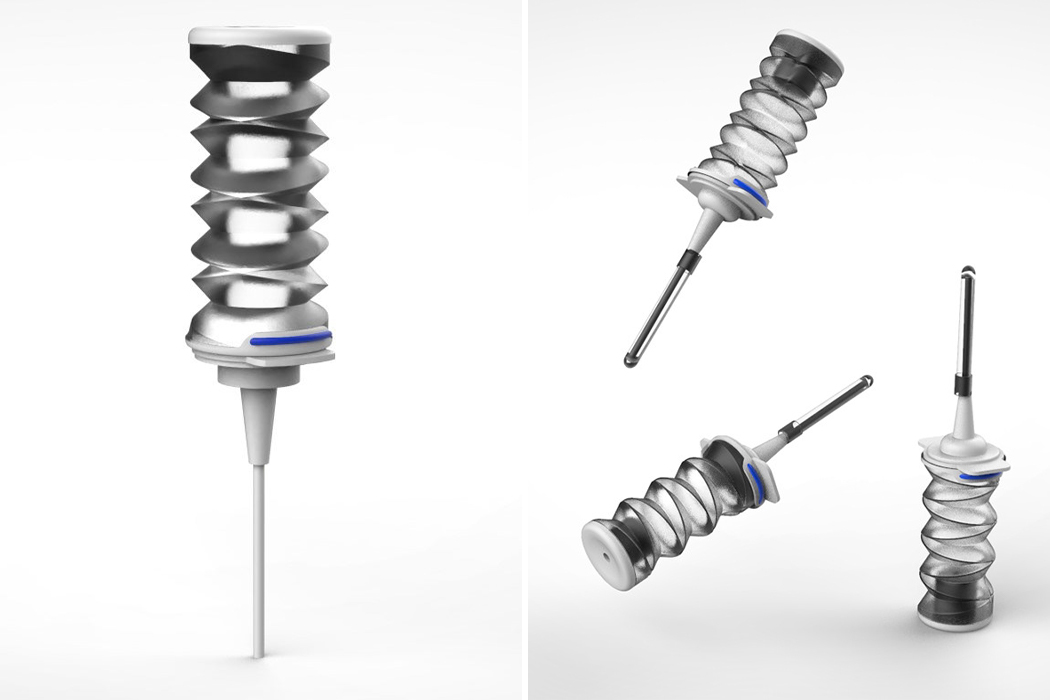

via https://ift.tt/2nqSsIm
Post a Comment
Note: Only a member of this blog may post a comment.